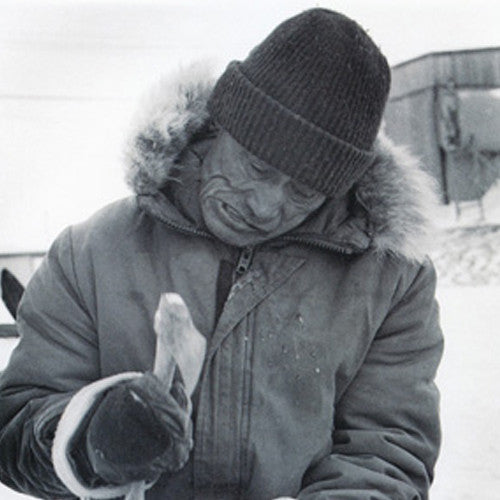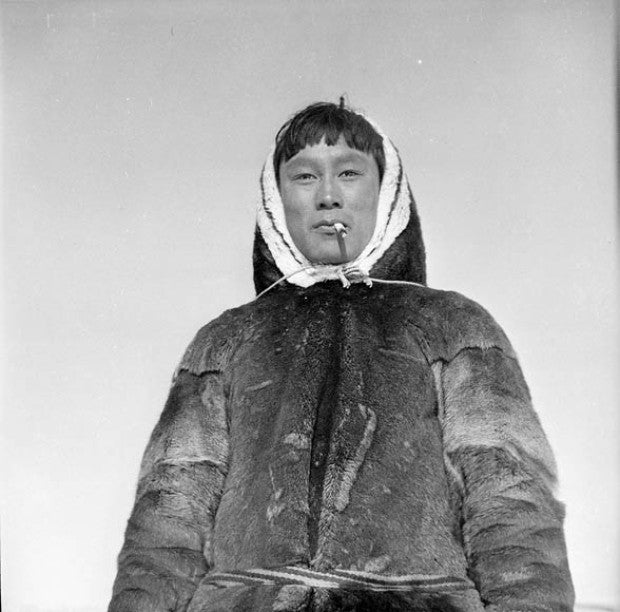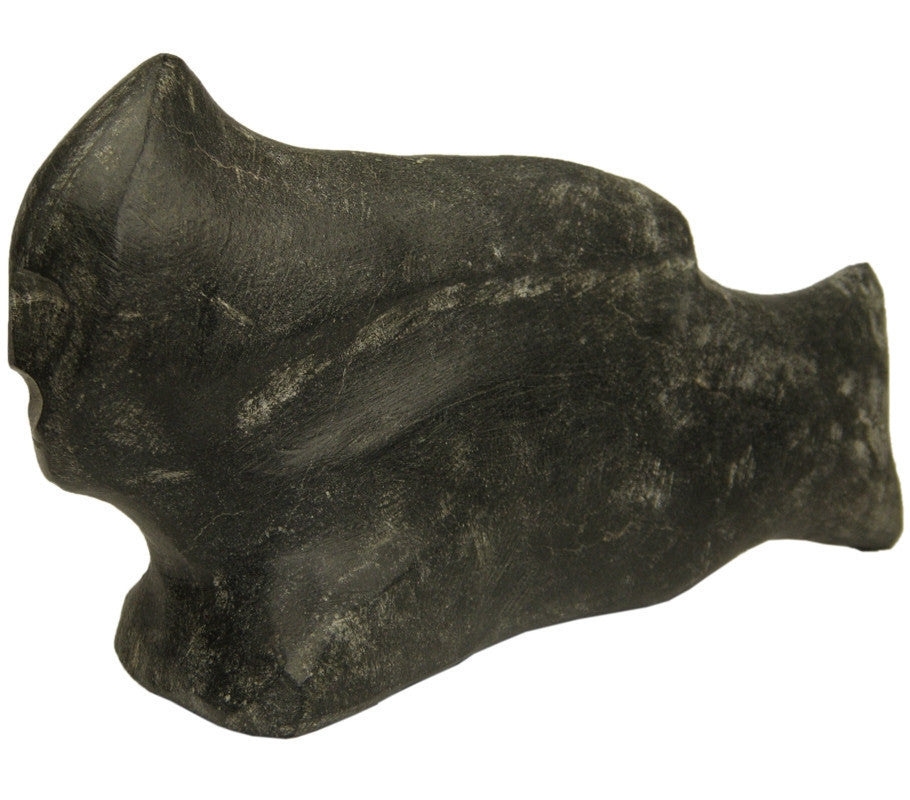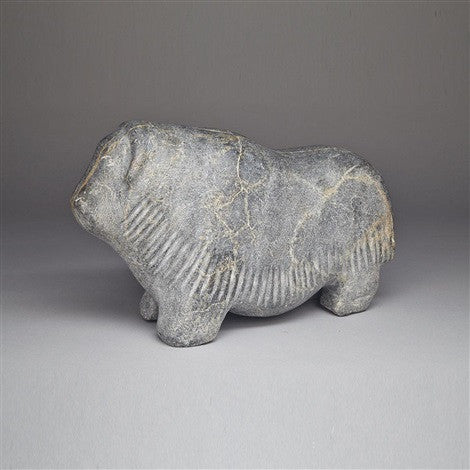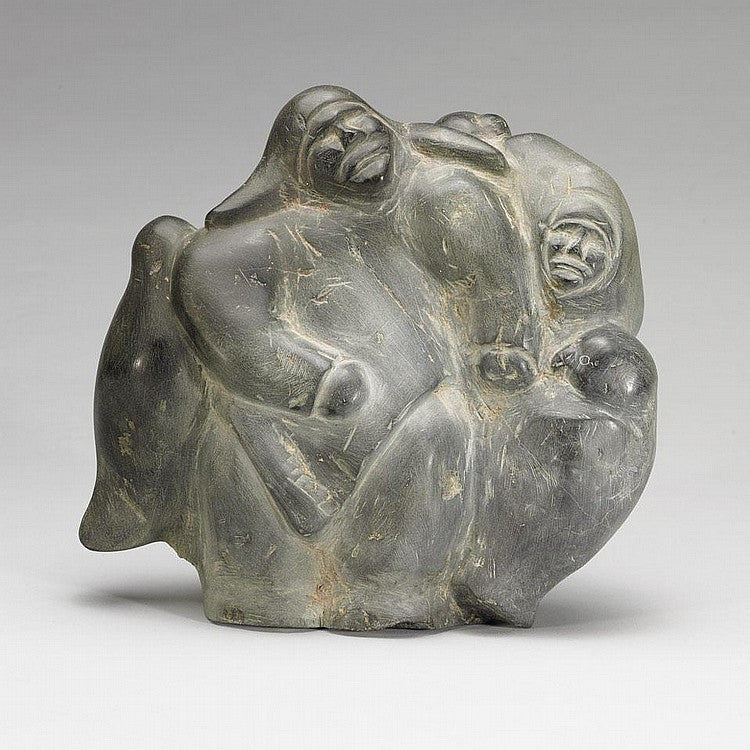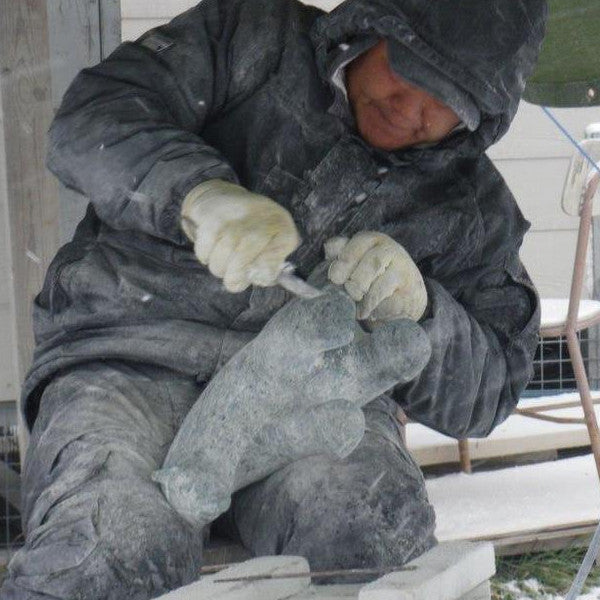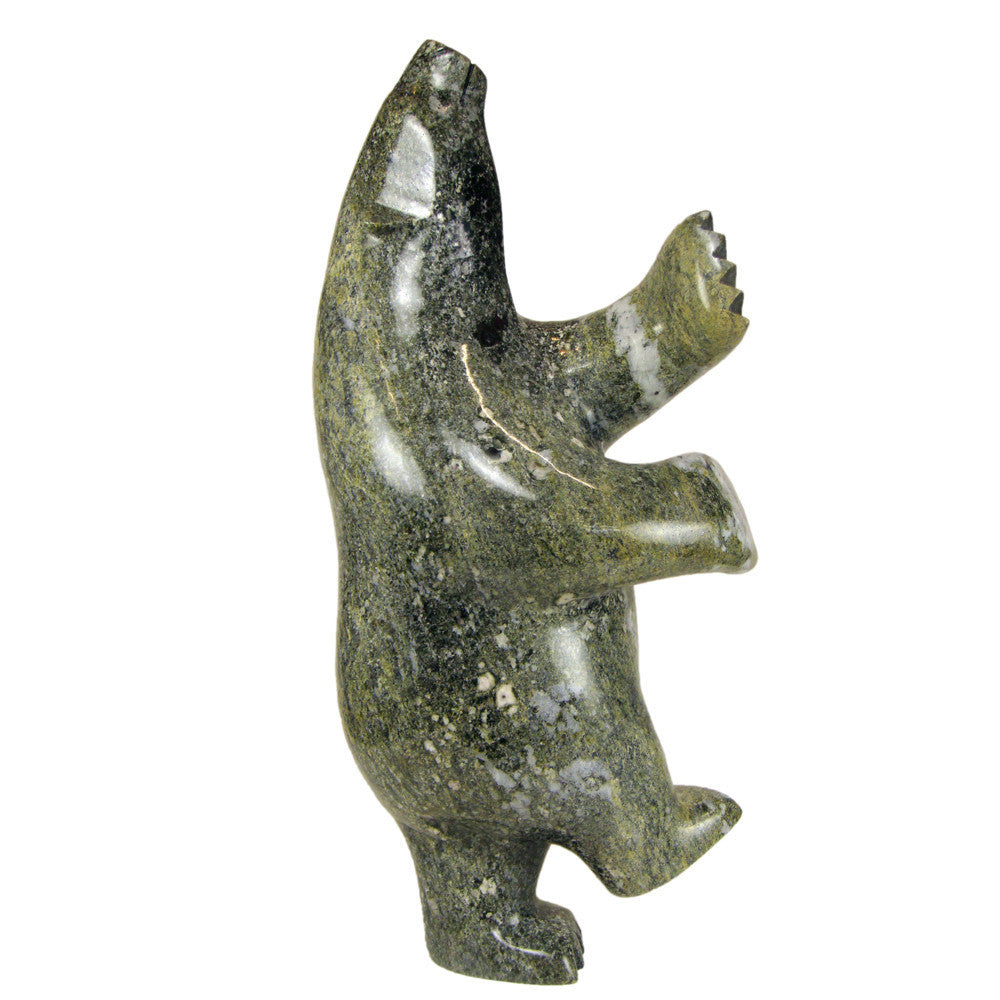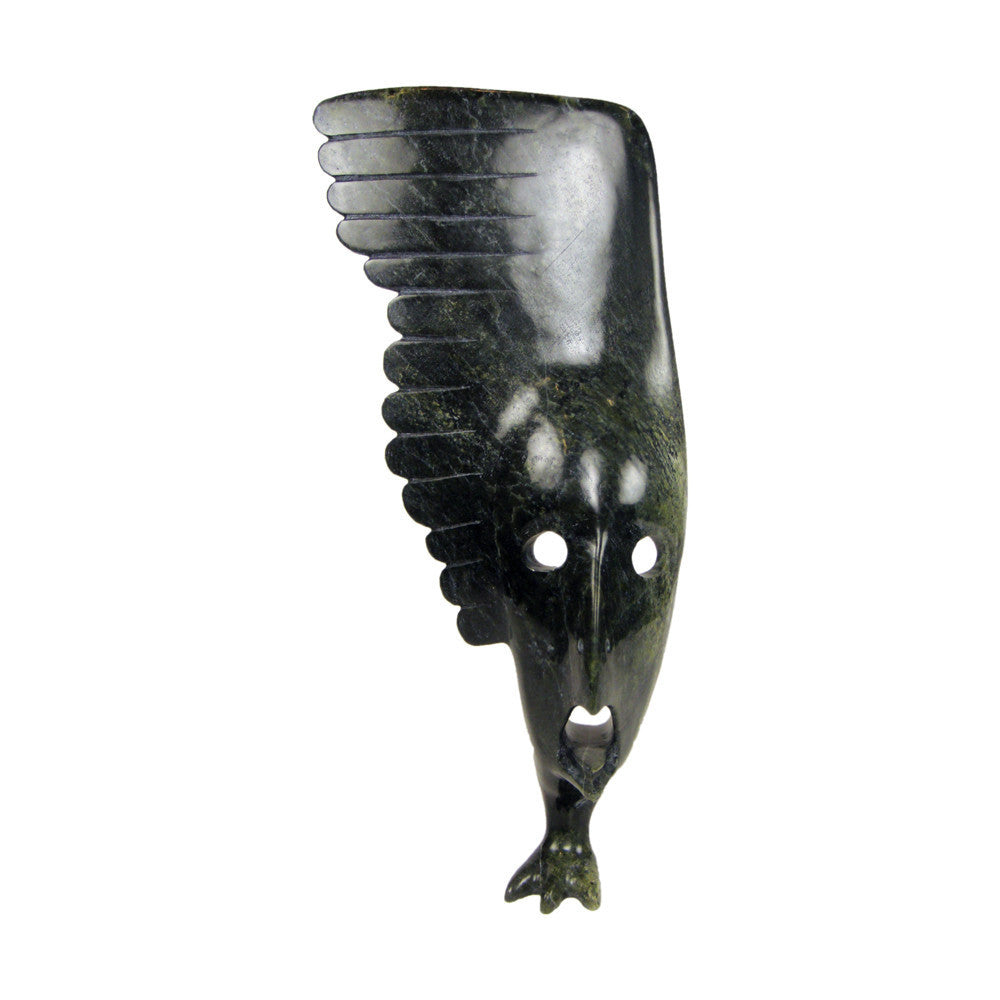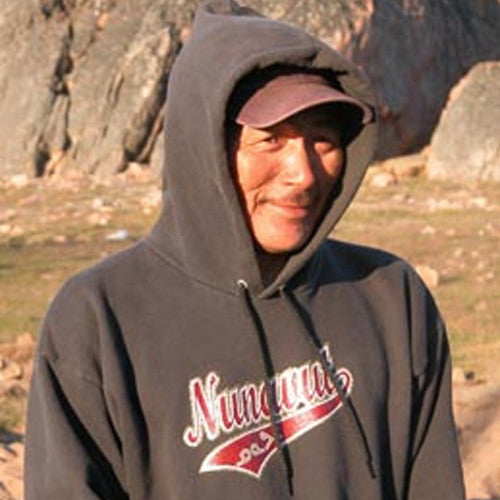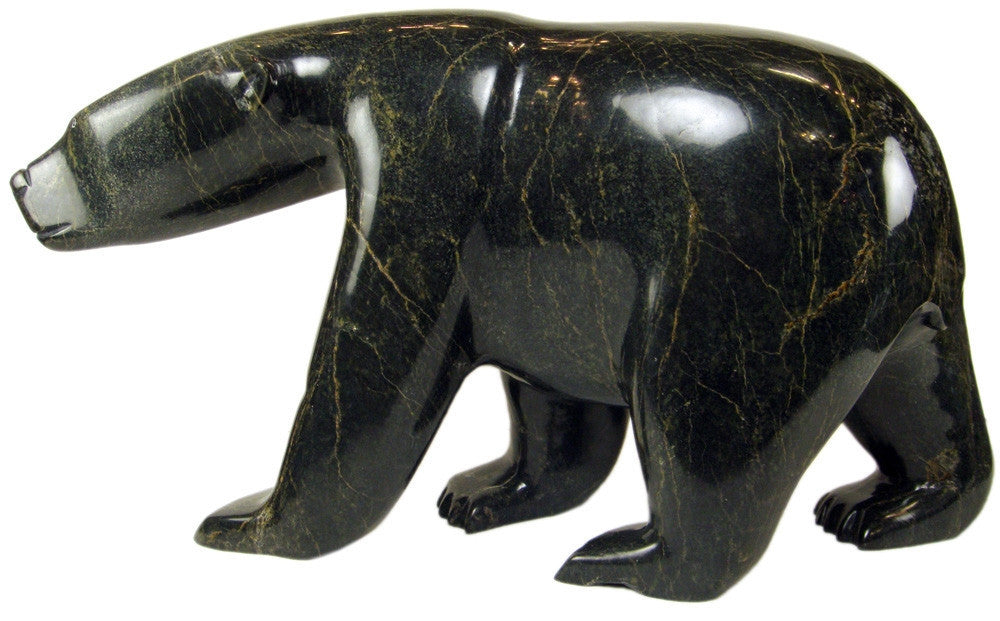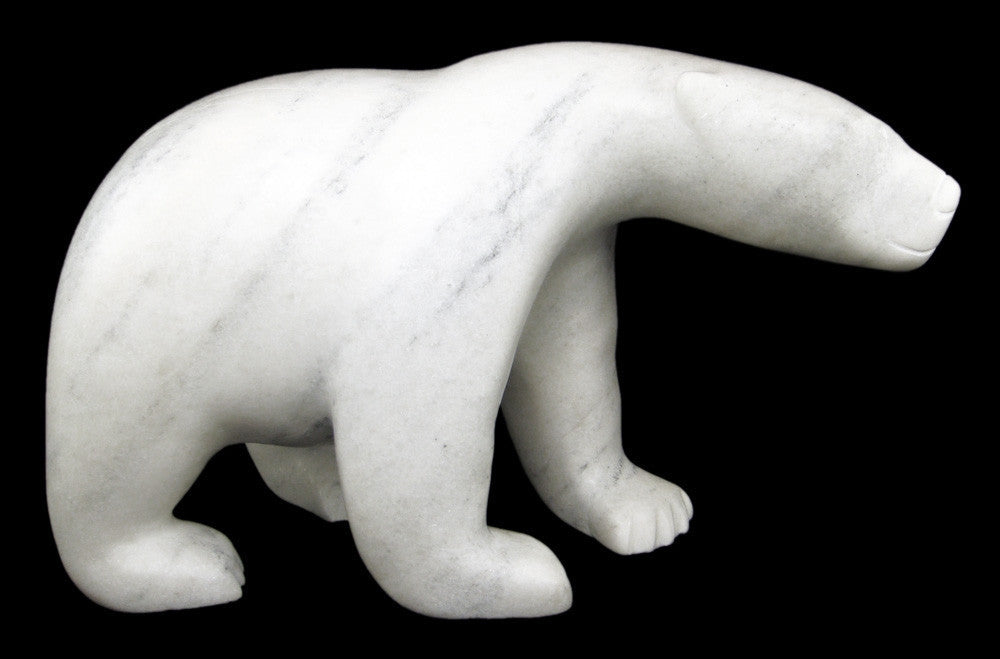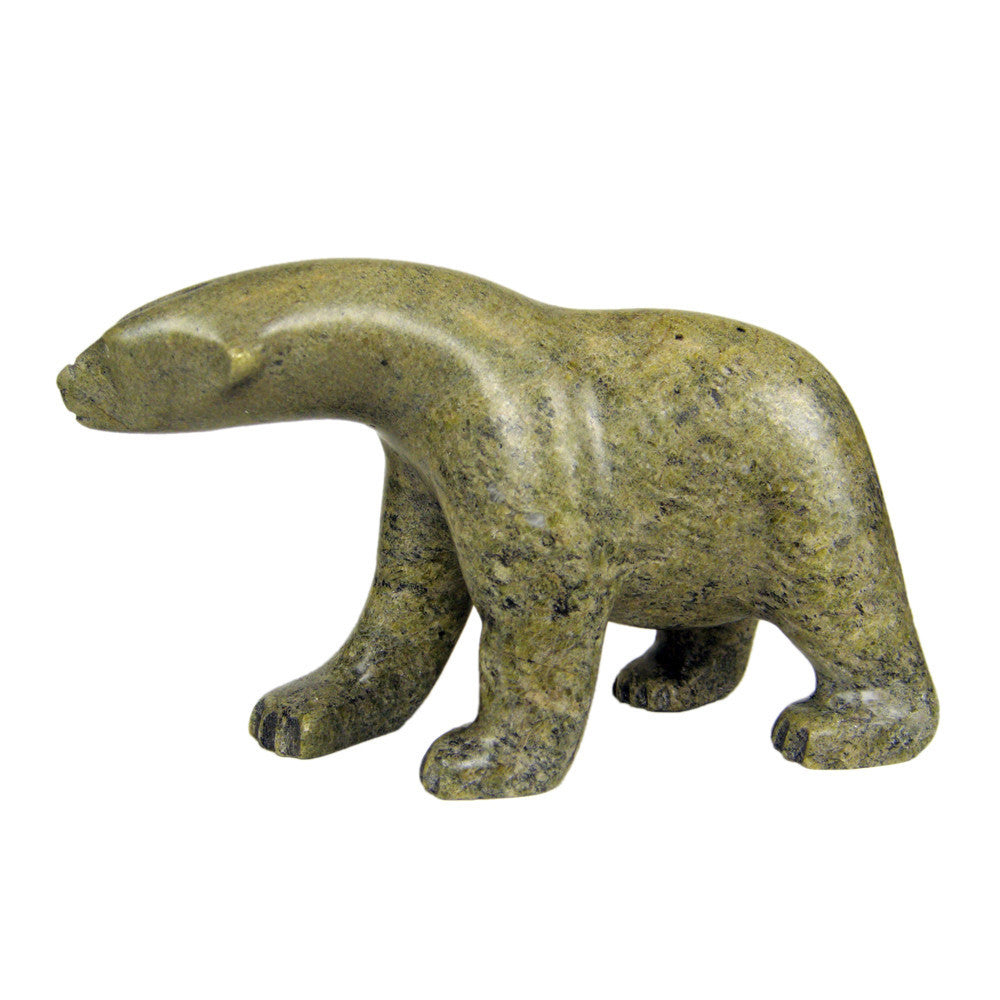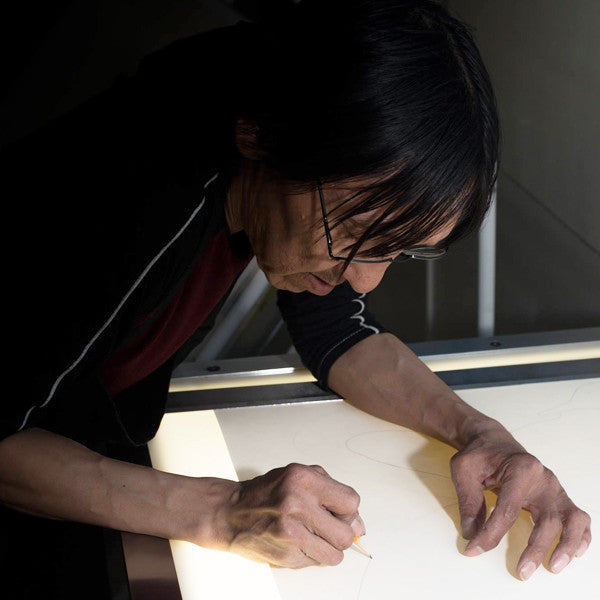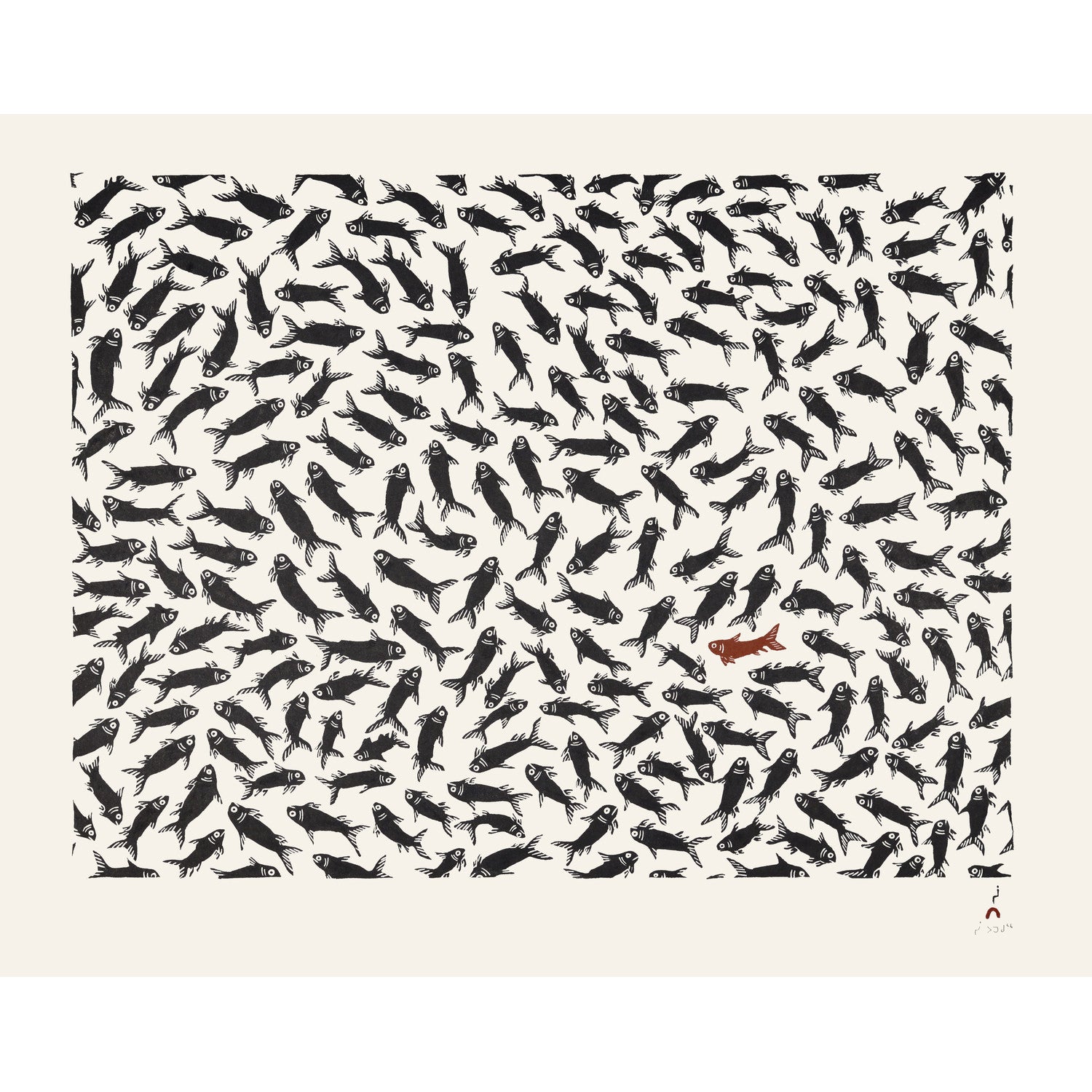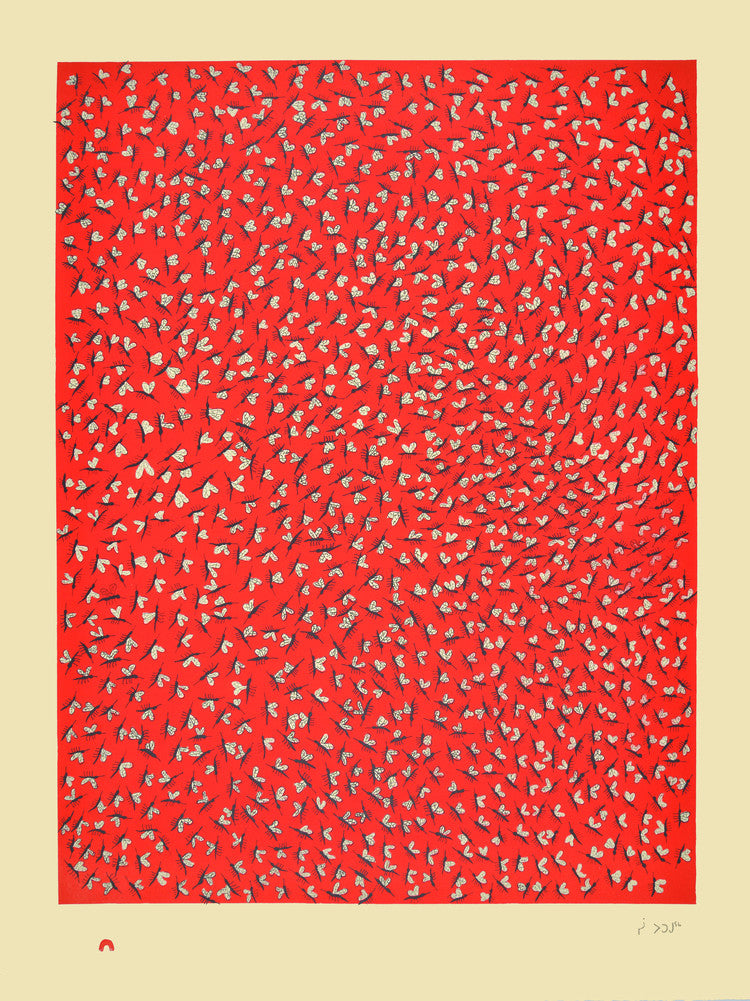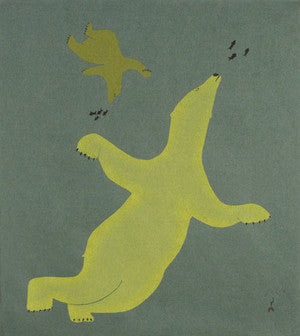- Sculptures
-
Graphic Arts
- Cape Dorset Print Collection 2025
- Cape Dorset Print Collection 2024
- Cape Dorset Print Collection 2023
- Newest Addditions
- Cape Dorset Print Collection 2022
- Ooloosie Saila Island Landscapes
- Spirit of the Ookpik
- Cape Dorset Print Collection 2021
- Cape Dorset Print Collection 2020
- Cape Dorset Coop Prints
- Drawings
- Cape Dorset Print Collection 2019
- 2019 Cape Dorset Spring Release - Birds of Baffin by Kananginak Pootoogook
- Cape Dorset Print Collection 2018
- 2018 Cape Dorset Spring Release : from the archives
- Cape Dorset 2018 Special Release: A multitude of Infinities by Shuvinai Ashoona
- Cape Dorset Prints - Kinngait Prints (Nunavut)
- Povungnituk Prints - Puvirnituq Prints (Nunavik)
- Pangnirtung Prints - Panniqtuuq Prints (Nunavut)
- Baker Lake Prints - Qamanittuaq Prints (Nunavut)
- Holman Prints - Ulukhaqtuuq Prints (Nunavut)
- On Sale
- First Arts
- Featured Artists
- Boutique
- About Us
- Sculptures
-
Graphic Arts
- Cape Dorset Print Collection 2025
- Cape Dorset Print Collection 2024
- Cape Dorset Print Collection 2023
- Newest Addditions
- Cape Dorset Print Collection 2022
- Ooloosie Saila Island Landscapes
- Spirit of the Ookpik
- Cape Dorset Print Collection 2021
- Cape Dorset Print Collection 2020
- Cape Dorset Coop Prints
- Drawings
- Cape Dorset Print Collection 2019
- 2019 Cape Dorset Spring Release - Birds of Baffin by Kananginak Pootoogook
- Cape Dorset Print Collection 2018
- 2018 Cape Dorset Spring Release : from the archives
- Cape Dorset 2018 Special Release: A multitude of Infinities by Shuvinai Ashoona
- Cape Dorset Prints - Kinngait Prints (Nunavut)
- Povungnituk Prints - Puvirnituq Prints (Nunavik)
- Pangnirtung Prints - Panniqtuuq Prints (Nunavut)
- Baker Lake Prints - Qamanittuaq Prints (Nunavut)
- Holman Prints - Ulukhaqtuuq Prints (Nunavut)
- On Sale
- First Arts
- Featured Artists
- Boutique
- About Us
Barnabus Arnasungaaq
Barnabus lives in the community of Baker Lake (Qamanittuaq). Throughout his life he has created sculpture, prints and drawings, but he sees himself foremost as a stone carver.1,2 He was married to graphic artist and carver Fanny Arngnakik (1929-2001).3 Taking after their parents, sons David (b.1964) and Norman (b.1969) are carvers as well.4
Nine Inuit nomadic tribes lived in Baker Lake prior to the arrival of traders and missionaries in 1927.5 The Hudson Bay Company came in 1926 (dates vary on this point) after originally occupying a different section of Baker Lake called "Uqpiktujuq", or Big Hips Island, in 1916 (or 1915).6,7 In 1957 a government school was built - through the 1950s and 1960s Inuit children were brought to the community to further their education.8 Additional Inuit families came to Baker Lake at that time to be with their children and to take advantage of the health centre built in 1956.9,10
The community's creation was also due a series of famines caused by the "collapse" of caribou herds, which affected the nine nomadic tribes of the area.11Many Inuit came to settle in Baker Lake for the stability the community provided.
Born in 1924 in the Kazan River area Barnabus is one of Baker Lake's oldest inhabitants where he and his work have been "an influence in his community and on the art of Keewatin for four decades."12 Carving programmes began in the community in the early 1960s with Barnabus, according to one observer, as a "major force and contributor to what clearly became the overall style of the tundra artists."13
Although the formal community of Baker Lake came together for a variety of reasons, Barnabus, like other Inuit sculptors of the area, has a readily identifiable style that is the result of a cohesive community with a mature identity. He creates his work from the "hard black steatite" of the area.14 This stone does not allow for "perforation or fine detail."15 Despite this the sculpture created from it, however, tends to be very "tactile," "timeless," with a feeling of "monumentality" while at the same time emphasizing shape, colour, pattern and texture.16,17 The artist has carved soapstone since 1961 using "simple" and non-electric tools.18His approach to his materials is very "old school" in that he shuns the use of a mask or safety goggles "but highly recommends it to all other carvers."19
A practical and thoughtful man Barnabus has stated that he worries about getting old and about working outside in cold weather.20 His approach to his work is as equally pragmatic21:
"I don't know where I get my ideas, ..., because it's all in your mind. It's you that carves. I look inside myself. Sometimes, before going to bed, I examine the stone, carefully. And in the morning I know what it will be."
Barnabus has said that to not sell a finished carving would be like "stealing" from the person who was the potential owner and preventing children benefitting from the sculpture.22
As a an artist with 40 years of experience Barnabus has the following advice for the new carvers that follow him23:
"To the new generation of Inuit carvers...I recommend this: carve the way your want, and not the way the white man tells you - remember you are an Inuk."
Accomplishments:
-His work has been shown in over 100 group and solo shows, in the United States, Germany, Switzerland, France and Canada
-His work is in permanent collections in, for example: the Art Gallery of Ontario, the Canadian Museum of Civilization and the McMichael Canadiana Art Collection.
source: http://www.katilvik.com/
Related Items
Ashevak Adla
ASHEVAK ADLA 1977 - Ashevak was born at the nursing home in Cape Dorset. The eldest child of Kumajuk and David Adla, he started carving...
View full product detailsAshevak Tunnillie
The son of Tayaraq and master carver Qavaroak (Kabubuwa) Tunnillie, Ashevak has a style that embraces, but is distinct from, his father’s. His work embodies...
View full product detailsCee Pootoogook
CEE POOTOOGOOK 1967- Cee Pootoogook was born on August 1, 1967. Around 1990, Cee began carving and he developed a solid reputation for his curious...
View full product detailsSign up to get the latest on sales, new releases and more …
Showroom open by appointments only ! contact us @ info@inuitartzone.com
© 2025 inuitartzone.com.
Powered by Shopify
